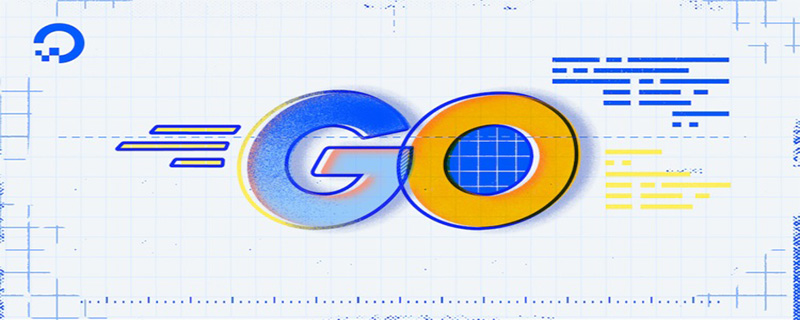這篇文章來介紹一道非常常見的面試題,到底有多常見呢?可能很多面試的開場白就是由此開始的。那就是 new 和 make 這兩個內建函數的差別。

其實這個問題本身並不複雜,簡單來說就是,new 只分配內存,而make 只能用於slice、map 和chan 的初始化,下面我們就來詳細介紹一下。
new 是一個內建函數,它會分配一段內存,並傳回指向該記憶體的指標。
其函數簽章如下:
// The new built-in function allocates memory. The first argument is a type, // not a value, and the value returned is a pointer to a newly // allocated zero value of that type. func new(Type) *Type
從上面的程式碼可以看出,new 函數只接受一個參數,這個參數是一個類型,並且傳回一個指向該類型記憶體位址的指標。
同時 new 函數會把分配的記憶體置為零,也就是類型的零值。
使用new 函數為變數分配記憶體空間:
p1 := new(int)
fmt.Printf("p1 --> %#v \n ", p1) //(*int)(0xc42000e250)
fmt.Printf("p1 point to --> %#v \n ", *p1) //0
var p2 *int
i := 0
p2 = &i
fmt.Printf("p2 --> %#v \n ", p2) //(*int)(0xc42000e278)
fmt.Printf("p2 point to --> %#v \n ", *p2) //0上面的程式碼是等價的,new(int) 將指派的空間初始化為int 的零值,也就是0,並傳回int 的指針,這和直接宣告指針並初始化的效果是相同的。
當然,new 函數不僅能夠為系統預設的資料類型分配空間,自訂類型也可以使用new 函數來分配空間,如下所示:
type Student struct {
name string
age int
}
var s *Student
s = new(Student) //分配空间
s.name = "zhangsan"
fmt.Println(s)這就是new 函數,它返回的永遠是類型的指針,指針指向分配類型的記憶體位址。需要注意的是,new 函數只會分配記憶體空間,但並不會初始化該記憶體空間。
make 也是用於記憶體分配的,但是和new 不同,它只用於slice、map 和chan 的記憶體創建,而且它返回的類型就是這三個類型本身,而不是他們的指標類型。因為這三種類型本身就是引用類型,所以就沒有必要回傳他們的指標了。
其函數簽章如下:
// The make built-in function allocates and initializes an object of type // slice, map, or chan (only). Like new, the first argument is a type, not a // value. Unlike new, make's return type is the same as the type of its // argument, not a pointer to it. The specification of the result depends on // the type: // Slice: The size specifies the length. The capacity of the slice is // equal to its length. A second integer argument may be provided to // specify a different capacity; it must be no smaller than the // length, so make([]int, 0, 10) allocates a slice of length 0 and // capacity 10. // Map: An empty map is allocated with enough space to hold the // specified number of elements. The size may be omitted, in which case // a small starting size is allocated. // Channel: The channel's buffer is initialized with the specified // buffer capacity. If zero, or the size is omitted, the channel is // unbuffered. func make(t Type, size ...IntegerType) Type
透過上面的程式碼可以看出make 函數的t 參數必須是slice、map 和chan 中的一個,且傳回值也是類型本身。
下面用slice 來舉例:
var s1 []int
if s1 == nil {
fmt.Printf("s1 is nil --> %#v \n ", s1) // []int(nil)
}
s2 := make([]int, 3)
if s2 == nil {
fmt.Printf("s2 is nil --> %#v \n ", s2)
} else {
fmt.Printf("s2 is not nill --> %#v \n ", s2)// []int{0, 0, 0}
}slice 的零值是nil,但使用make初始化之後,slice 內容被型別int 的零值填充,如:[]int{0, 0, 0}。
map 和 chan 也是類似的,就不多說了。
透過上述分析,總結new 和make 主要差異如下:
make 只能用來分配及初始化類型為slice、map 和chan 的資料。 new 可以指派任意型別的資料;
new 指派回傳的是指針,也就是型別 *Type。 make 傳回型別本身,即 Type;
new 指派的空間被清除。 make 分配空間後,會初始化;
推薦學習:《go影片教學》
以上是聊聊Go語言中new和make關鍵字有什麼差別的詳細內容。更多資訊請關注PHP中文網其他相關文章!



